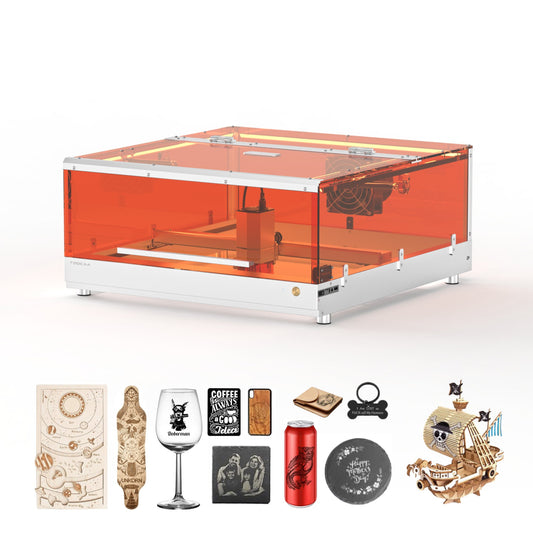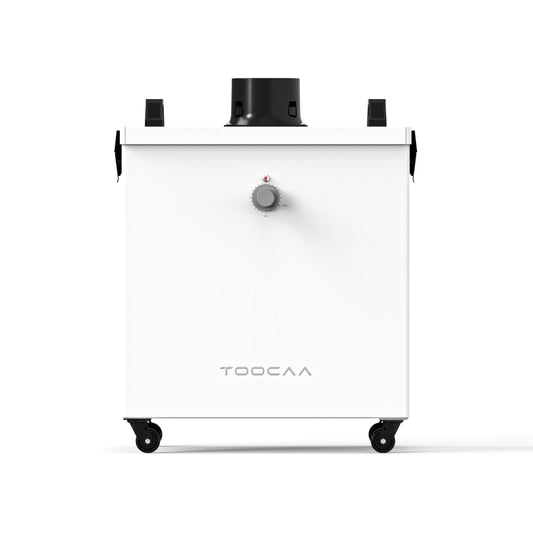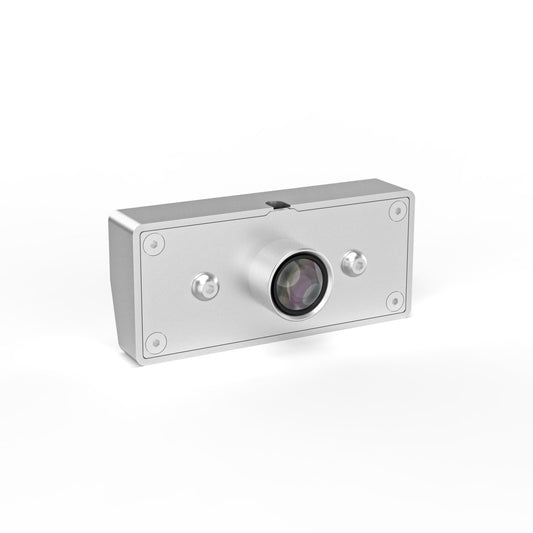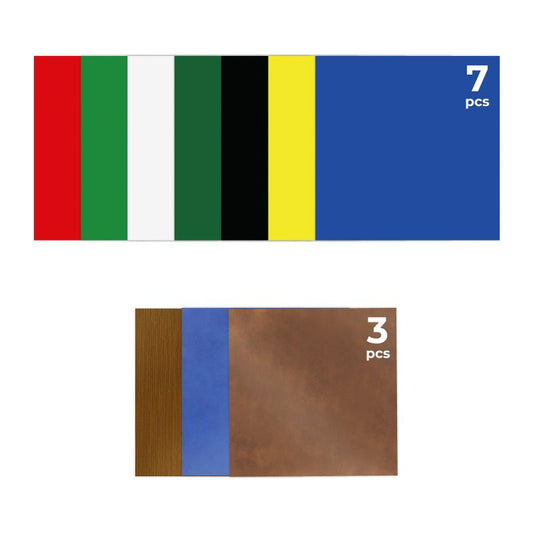Laser engravers can be dangerous—just like a kitchen stove or 3D printer—but with the right machine, materials, ventilation, and habits, the risks are straightforward to manage. This guide explains the real hazards and how to control them, then shows how an enclosed desktop machine like the TOOCAA L2 Desktop Laser Engraver & Cutter keeps hobby and small-studio use safer.
What exactly is “dangerous” about laser engraving?
Beam-related hazards (eyes & skin)
Fumes, gases & fine particles
Engraving/cutting vaporizes material, creating volatile organic compounds (VOCs), carbon monoxide, and respirable/ultrafine particles. Peer-reviewed testing on desktop systems confirms these emissions, underscoring the need for effective ventilation/filtration.
Fire risk
Organic dust, resin, or a flare-up in a cut can ignite. University SOPs and EHS manuals treat constant supervision, clean interiors, and nearby extinguishers as standard practice.
Does laser class matter?
Class 1 vs. higher classes (3B/4)
Class 1 systems are designed so the hazardous beam is not accessible during normal use (thanks to enclosures, interlocks, and other controls).
A quick note on standards
In the U.S., ANSI Z136.1 is the widely used standard for safe laser use. OSHA describes the ANSI Z136 series as voluntary consensus standards that provide recognized guidance.
Materials: the biggest “hidden” danger
Some materials are perfectly fine; others are no-go because they release toxic/corrosive gases or create exceptional fire risk.
Absolutely avoid (examples)
PVC / vinyl → releases chlorine/hydrogen chloride gas; harmful to people and corrosive to machines.
ABS, polycarbonate foams, some coated composites → can emit hazardous byproducts or catch fire.
Multiple university EHS programs explicitly forbid PVC and list other problem plastics for laser cutters. When in doubt, check the material’s SDS and your shop rules.
Ventilation & filtration: what “good” looks like
Your goals are to capture fumes at the source, move enough air, and treat what you exhaust. A common installation guideline from Harvard EHS is on the order of ~500 CFM at ~6″ w.c. static pressure for laser cutters—but always follow your manufacturer’s specs and local codes. If you’re using a filtration unit, size it for the airflow and pressure drop of your setup.
Pro tips:
Prefer direct exhaust outdoors where possible; otherwise use a HEPA + activated-carbon filtration unit matched to your machine’s output.
Are laser engravers dangerous at home?
They can be—if you choose the wrong machine or ignore controls. For home, school, and studio users, an enclosed, interlocked Class 1 system dramatically reduces beam access risk. Add proper ventilation/filtration, approved materials, and don’t walk away during jobs, and you’re operating like the pros.
Why the TOOCAA L2 reduces risk by design
Built-in engineering controls (what the machine does)
1. Enclosed, Class 1 machine body to keep the hazardous beam inaccessible in normal use.

What you still need to do (what you control)
1. Vent appropriately (direct-exhaust or a properly sized HEPA + carbon purifier).
The 10 golden rules for safe engraving
1. Use an enclosed, interlocked Class 1 system for home/school/studio.
9. Wear laser-safe eyewear only when required (service/open-lid tasks)—normal use of a Class 1 enclosure doesn’t expose you to the beam.
FAQs
Is it safe to use a laser engraver in an apartment?
Do I need safety glasses for the TOOCAA L2?
During normal, closed-lid operation of a Class 1 system, beam exposure is not accessible—that’s the point of Class 1. If servicing or operating in non-standard modes, use wavelength-appropriate eyewear and follow the manual.
Can I engrave PVC if I ventilate well?
What extinguisher should I keep nearby?
A CO₂ or ABC dry-chemical extinguisher is commonly recommended in university SOPs; place it within reach and learn how to use it.
Bottom line
Laser engravers aren’t inherently “too dangerous”—uncontrolled lasers and bad practices are. Choose an enclosed Class 1 system like TOOCAA L2, ventilate correctly, avoid banned materials (especially PVC), keep the area clean, and never leave jobs unattended. That’s how makers, small businesses, and schools run lasers safely every day.
























